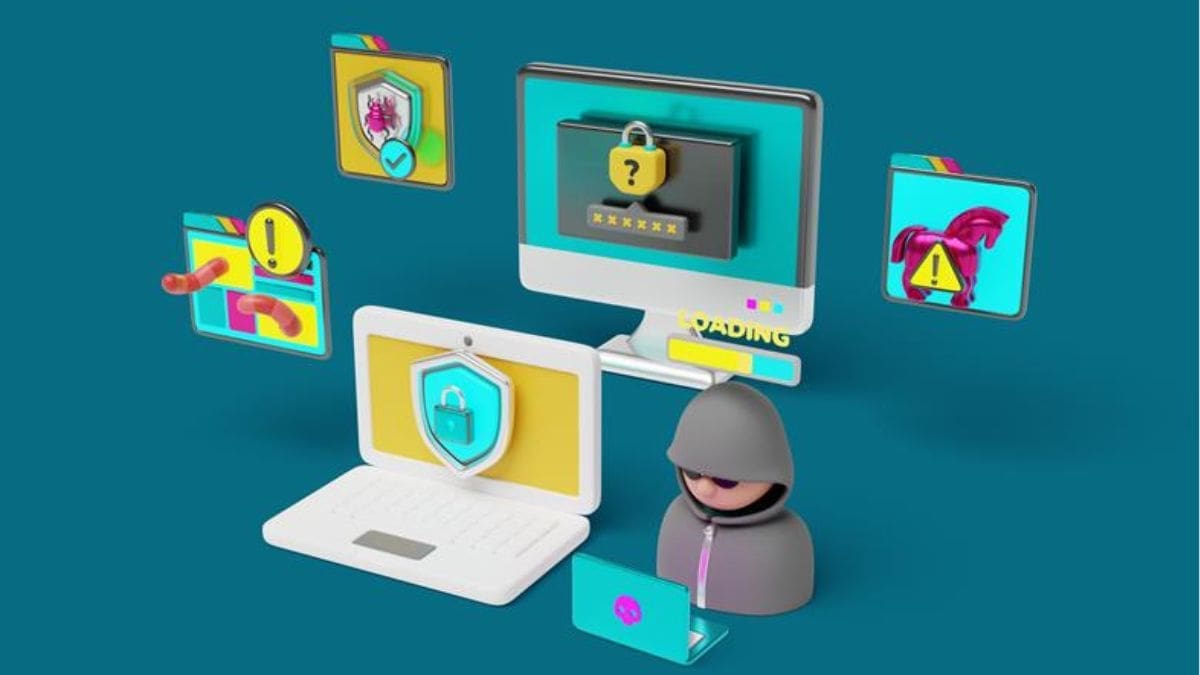Many people don’t realise that website visitors are not all human. A big part of web traffic consists of bots. Some bots like search engine crawlers are beneficial. However, malicious bots can be harmful to your website.
Table of Contents
Harmful bots scrape content, perform fraud, overload servers, and try to hack data using brute-force attacks, among other things.
If you ignore bad bots, your user experience might degrade, the analytics you get might not be accurate, you may get hacked, and you may lose revenue too. As cyber threats evolve, these bots must be identified and blocked to keep your website secure and trustworthy while protecting your data.
Businesses can take action before any damage occurs if you know how these bots work and the signs that they create. In this article, we will go through the methods of detecting and blocking malicious bots to save your website from unseen threats.
Understanding Malicious Bots
Malicious bots are software programs that are designed to undertake harmful and unauthorized actions. Unlike genuine bots that help index content and make users lives easier, malicious bots do so with an ulterior motive. Malicious bots act like humans to fool the system and avoid detection.
There are several types of malicious bots, including:
-
Steal website information, product prices or proprietary information for use at another place.
-
Flooding a comment section, form, or forum with advertisements or bad links.
-
Credential Stuffing Bots: Use stolen username-password pairs to gain access to user accounts.
-
DDoS Bots: Cyberattackers use programs that send massive fake data loads to make a website stall or crash to incapacity.
Latest reports from Imperva have revealed that bots represent almost 47% of all internet traffic with bad bots constituting an estimated 30% of that total. Cybercriminals have begun increasingly deploying more advanced bots that change IPs, use rotated browser fingerprints, and impersonate devices to bypass simple security.
As per estimates, malicious bots can remain unidentified for weeks or even months. They can extract sensitive data, falsify the analytics report, and exhaust bandwidth. As they become more prevalent, every website owner needs to monitor and defend against them.
Signs of Malicious Bot Activity
There are ways to identify if there is a malicious bot activity, but they are not easy to identify.
1. Unusual Traffic Spikes
If your website suddenly gets an unusual surge in traffic for which you haven’t run a marketing campaign or hit the viral jackpot, it is probably bots overwhelming your servers.
2. High bounce rates or short session durations
When a bot crawls web-pages quickly without clicking on anything, it causes the bounce rate to increase. Thus, meaninglessly adding engagement metrics on a page that is not actually receiving real users.
3. Abnormal or Repetitive IP Activity
If the same IP address sends multiple requests or requests come from strange geographic areas where you have no audience, it is automated behavior.
4. False Account Registrations and Form Submissions
Your forms and database are filled with spam entries and fake users, high chances that spambots are responsible!
5. Server Log Anomalies
Server logs can be revealing of patterns like identical resources being requested, unusual referrers, or strange user agents.
6. Real-World Example
In the year 2023, there was a wave of scraping activities identified by many e-commerce brands that were cloning product details and product pricing. Such an issue negatively impacted their SEO rankings and made them underprice competitively and convert less. This incident highlights the damage bots can create when not controlled.
When businesses regularly look at the data and analytics on their server, they can see the red flags early on and before too much damage is done.
Methods to Detect Malicious Bots
Detecting bad bots consists of a combination of automation, technical analysis, and clever algorithms designed to differentiate between genuine users and bots.
1. CAPTCHA Verification
ReCAPTCHA or any CAPTCHA on login, signup or comment forms blocks most password guessing bots that do not understand visual or logical puzzles.
2. Behavior Analysis
By observing how users behave and interact with our systems/website we can distinguish between human and robot actions at different points within the systems/website i.e. through their mouse movements, scrolling behaviours, response time etc.
3. Rate Limiting
Limiting the requests one IP can make in a given time, helps in preventing brute force attacks and server overloads.
4. Analysis of the User Agent and Referrer
Fake user-agent strings are often used by bots. It’s possible to detect suspicious traffic by comparing user agents to known legitimate browsers.
5. Honeypots
You’re placing hidden fields in forms that unsophisticated bots fill. Real users never see them or fill them. The bots that do are flagged automatically
6. Machine Learning and AI
Cybersecurity tools utilize AI-powered anomaly detection to find regularities of bot behavior. The systems learn normal traffic behaviors and adapt to them in real time to detect new threats as bots evolve.
Keeping track of the bots is very important because hackers are sending bots of advanced strategies continuously, so detection must also do the same.
Strategies to Block Malicious Bots
After recognizing the malicious bots, the next step is to block and neutralize them while allowing smooth access for real users.
1. IP Blacklisting and Whitelisting
Block known malicious IPs and allow only trusted ones. This is especially effective for repeated attack sources.
2. Web Application Firewalls (WAF)
A web application firewall filters and monitors HTTP traffic traffic to and from your web site. They block malicious requests like SQL injection, XSS, and DDoS.
3. Bot Management Solutions
Tools for bot management, such as Akamai Bot Manager, Cloudflare Bot Management, or Imperva Bot Defense, are purpose-built for the job. These tools use AI and behavior fingerprinting to stop harmful bots in real-time.
4. Rate Limiting and Throttling
Limiting the speed of a particular IP or a session minimizes the chances of an automated attack without impacting real users.
5. JavaScript and Cookie Challenges
Numerous bots are unable to run Javascript or deal with cookies correctly. Using these elements can help filter out non-human traffic.
6. Ensure Security and User Experience is Balanced
Overly aggressive blocking can frustrate genuine users. Test your configurations regularly and check the analytics to ensure you do not block real visitors.
The strongest protection against bots that compromise applications is a combination of tools such as firewalls, CAPTCHA, and AI-powered bot filters.
Conclusion
Website owners and businesses across the world are facing a challenge because of malicious bots. Automated attackers, designed to steal data, mess with analytics, and slow down websites. By mastering the skill of spotting early warning signals and employing effective defense strategies, such as CAPTCHA, WAF, IP blacklisting, and AI-enabled tracing, you can decrease your exposure considerably.
Adjust security measures as bots become more sophisticated. Proactivity is key.
Auxilium Technology provides website security against malware attacks by configuring the firewall, detecting bot activity, and monitoring the overall website security of the business. Our expert team will secure your website, optimize it and make it resilient against threats.






